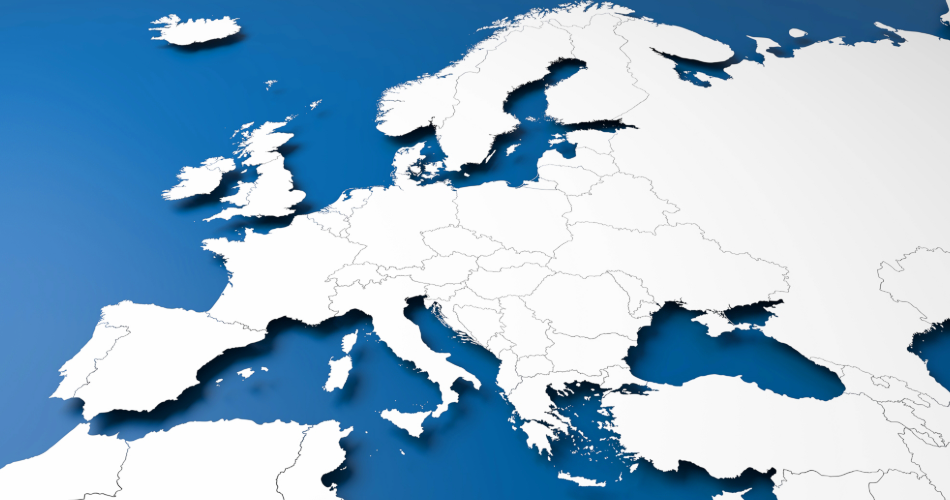
We are entering an age of precision medicine, with patients receiving tailored treatments, selected and sometimes even specifically designed for their individual needs. This new approach has been made possible by significant advances in our ability to detect and quantify changes in biology, such as small changes in the number of copies of a particular nucleic acid sequence, or the presence of particular point mutations. These advances are only part of the story, however, as their true potential can only be reached with accompanying (and sometimes guiding) advances in informatics.
Although many companies understand the value of bioinformatics and are investing heavily in this space, many have been reluctant to seek patent protection for their inventions. The complexity of these technologies requires technical and legal expertise in both life sciences and computer sciences, and so is often best placed with a multi-disciplinary team, bringing expertise and experience of dealing with the patent law challenges peculiar to each field.
Software isn't patentable: fact or fiction?
A common misconception we see in this space, for example, is that software isn’t patentable.
Whilst it is true that the patent law of many countries does include provisions that, at first glance, appear to suggest that software and mathematical methods are not regarded as “inventions” per se, these provisions usually apply only to the extent that a claim relates to the excluded concept “as such”. In other words, inventions that may use, or even rely on, software, can be patented, provided they provide serve some kind of technical purpose which exists outside the software itself.
Before the European Patent Office (EPO), an objection that a software-based or mathematical method is not an invention is relatively straightforward to overcome – instead of attempting to claim the abstract method itself, applicants can progress by focussing on computer-implemented methods, or technical applications of that method. For example, by tying the method to specific technical equipment, or including at least one technical step in the method, a claim to that method will be deemed by the EPO to have sufficient technical character to be regarded as “an invention”.
Merely being considered an invention is of course, not sufficient for a patent to be granted at the EPO or elsewhere. After determining that a claim is directed towards “an invention”, further thresholds must be met, including novelty and inventive step. In other words, the invention must be both new and not obvious from all that was known before the application was filed. In the case of bioinformatics inventions, EPO examiners look first for the technical purpose of the invention. This technical purpose is often the biological rationale for doing the bioinformatics analysis at all, such as the diagnosing of a particular disease, or the assessing of a particular physical property. Features such as clustering or aligning sequences, or the visualising of a structure or pathway, are unlikely to be considered to provide the necessary technical purpose even though they may be fundamental to reaching this biological conclusion.
Once identified, the appropriate technical purpose becomes integral to the assessment of inventive step, which focuses only on those features which contribute to that technical purpose. Claim features or steps that do not actually serve the technical purpose, which are not functionally limited to that purpose, or which are defined at a high level of generality, may end up being disregarded, as well as those features of the claim which the EPO do not consider technical at all. As such, success at the EPO depends on the ability to include in the claim features that define how the technical purpose (i.e. the biological rationale) is actually achieved, and in an appropriate level of detail. As with all patent applications at the EPO, these features must be included in the application as filed, as amendments which attempt to add new matter later in proceedings will not be allowed.
Increasing your chances of success
Bioinformatics methods are therefore patentable at the EPO, and the likelihood of a successful outcome can be increased by emphasising the technical purpose of the invention when drafting the application, providing detailed explanation of those features that contribute to that technical purpose.
This blog was written by Fran Salisbury and Alex Burns.
More about Alex
Alex is a member of our electronics, computing & physics, and engineering patent teams, working primarily in the fields of telecoms, medical devices, computer software, optics, engineering, and electronics. He has experience in all stages of the patent application process including drafting and prosecuting patent applications to grant in the UK and Europe, as well as handling EPO oppositions and appeals. He works with clients ranging from individual inventors to large multi-national companies.
Fran is a Partner and Patent Attorney at Mewburn Ellis. She works in all patent cycle stages within the life sciences sector – from invention capture, drafting and patent strategy to prosecution and global portfolio management. Fran is a member of our plant variety rights team, having completed the official WIPO course on plant variety protection under the UPOV convention. As such, she has extensive experience dealing with plant-related inventions, including obtaining plant variety rights and entry onto the national list and common catalogue.
Sign up to our newsletter: Forward - news, insights and features
Our people
Our IP specialists work at all stage of the IP life cycle and provide strategic advice about patent, trade mark and registered designs, as well as any IP-related disputes and legal and commercial requirements.
Our peopleContact Us
We have an easily-accessible office in central London, as well as a number of regional offices throughout the UK and an office in Munich, Germany. We’d love to hear from you, so please get in touch.
Get in touch

